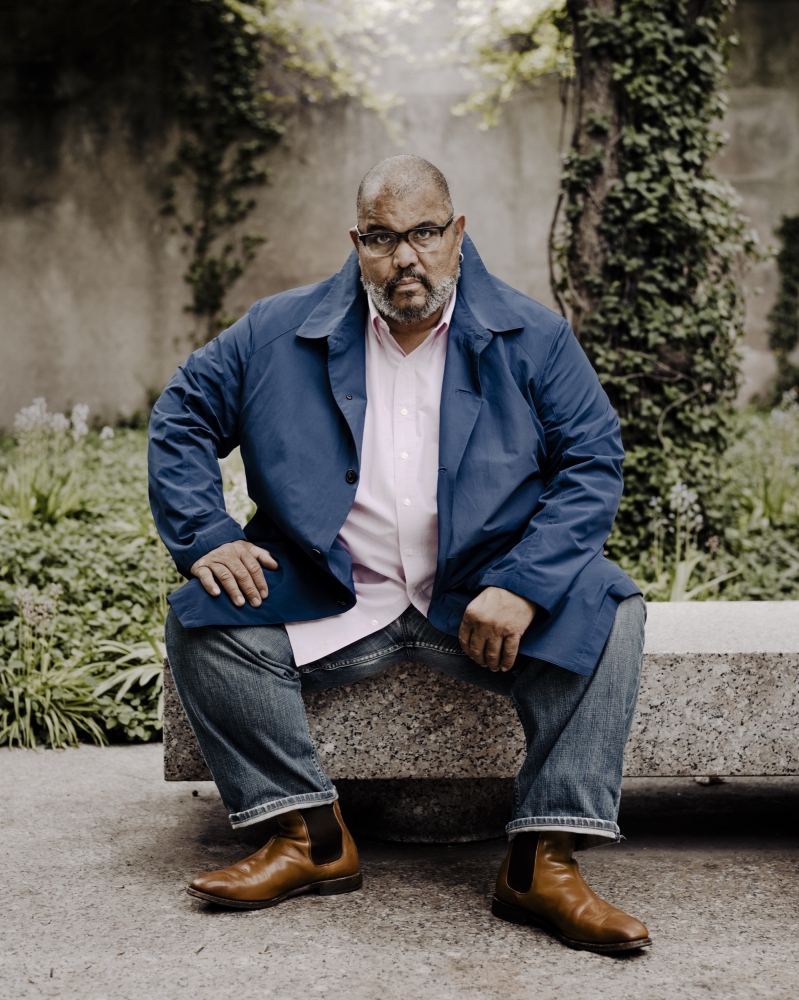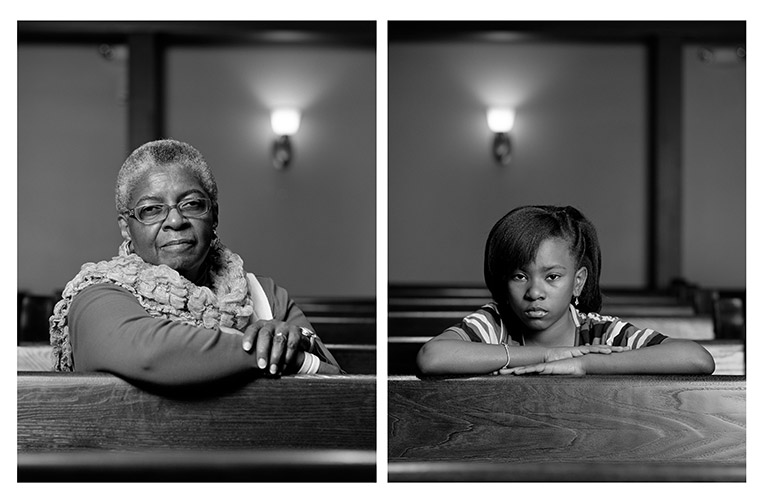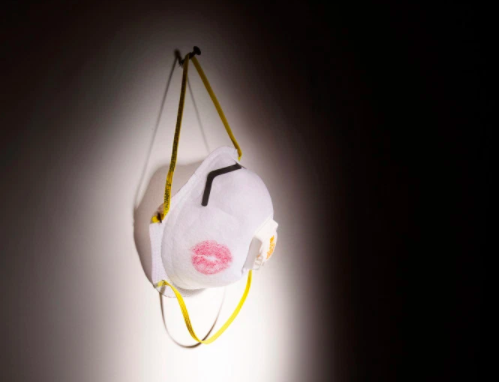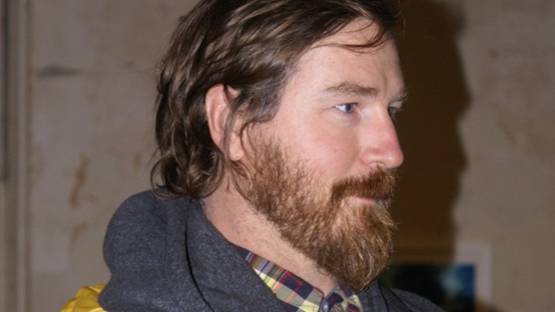PW 1st 5
Because I am not familiar with a ton of photographers, I am going to start at the beginning.....
Robert Adams

Bio:
Born in 8th May 1937, Robert Adams is a photographer from America specializing in the landscapes of West America. The photographic book, The New West, 1974 and also the exhibition titled New Topographics: Photographs of a Man Altered Landscape,1975 – made Adams prominent in the world of photography. In 1973, he became an associate at John Simon Guggenheim Memorial Foundation. He was awarded the MacArthur Foundation Fellowship in 1994.
Adams grew up in the suburbs of Colorado and in 1956, he shifted to South California to study English literature at University of Redlands. In 1965, he did his Ph.D., from University of Southern California, in the same subject. (famousphotographers.net)
Artist Statement:
If the goal of art is Beauty and if we assume that the goal is sometimes reached, even if always imperfectly, how do we judge art? Basically, I think, by whether it reveals to us important Form that we ourselves have experienced but to which we have not paid adequate attention. Successful art rediscovers Beauty for us.
One standard, then, for the evaluation of art is the degree to which it gives us a fresh intimation of Form. For a picture to be beautiful it does not have to be shocking, but it must in some significant respect be unlike what has preceded it (this is why an artist cannot afford to be ignorant of the tradition within his medium). If the dead end of the romantic vision is incoherence, the failure of classicism, which is the outlook I am defending, is the cliché, the ten thousandth camera-club imitation of a picture by Ansel Adams.
The beauty of a work of art can also be judged by its scope. The greatest beauty tends to encompass most; the artworks of largest importance frequently have within them the widest diversity. A.R. Ammons phrased this well in the poem Sphere, in which he observed that “the shapes nearest shapelessness awe us most, suggest the god.” This is so, I think, Because most of life seems shapeless most of the time, and the art that squares with this powerful impression seems most convincingly to confront disagreeable fact.
Work:




Response:
I love that he has a Phd in English and "fell into" photography. Ironically, he began to be "popular" the year I was born. Having survived polio and having asthma and allergies gives him perhaps toughness in life, a survivor. But, I find most of his photographs to be sad, empty and lonely.
As for his answers, I underlined the following quotes/passages: (the numbers correspond with the question)
5. This is America after all--a savage place.
8. But surely you can unmake a body of good pictures with poor editing. Editing is every bit as hard as making photographs.
9. For artists they tend to be cages.
12. Flannery o'Conner lived to be only 39 years old, but her advice was unambiguous: "Be properly scared and go on doing what you have to do."
Number 9 speaks to me the most at the moment. I enjoy multiple art medias. I hate feeling boxed in and so landed in sculpture, for now.
______________________________________________________________
Dawoud Bey
 \
\Bio
Dawoud Bey was born as David Edward Smikle on November 25, 1953, in the Jamaica neighborhood of Queens, New York. Bey received a BFA in Photography from Empire State College in 1990 and then later finished his masters degree at the Yale University School of Art.
At the age of fifteen, Bey was given his first 35 mm camera. However, his prestigious career as a photographer did not begin until 1975. Inspired particularly by the photographer James VanDerZee, featured in the exhibition "Harlem on My Mind," Bey began exploring with documentary style photographic techniques. The resulting series of black and white photographs, Bey's "Harlem, USA" collection, chronicled urban life in the famous African American community and was later exhibited at the Studio Museum in Harlem in 1979.
Bey has experimented with many innovative approaches and photographic traditions. Whatever his technique, he uses his artwork as a platform to challenge stereotypical images of African Americans and other historically marginalized groups. Since 1992, Bey has completed a number of collaborative projects, working with young people, museums and cultural institutions to broaden the participation of various communities whose voices have often been absent in these institutions
He has had numerous exhibitions worldwide, at such institutions as the Art Institute of Chicago, the National Portrait Gallery in London, the Wadsworth Atheneum in Hartford, Connecticut, and the Whitney Museum of American Art, where his works were also included in the 2000 Whitney Biennial. The Walker Art Center organized a mid-career survey of his work in 1995 that traveled to institutions throughout the United States and Europe. Bey's works are included in the permanent collections of numerous museums around the world. He is currently a professor of photography at Columbia College in Chicago, Illinois.
Artist Statement
Could not find one.
Work:






Response:
When I first googled Dawoud Bey I read a quote in an article which is apropos currently "if you aren't part of the solution, you are part of the problem". And in question 1 in PW, he gave my answer as to why I make art. "I make photographs in order to provoke a conversation...the challenge is to give those concerns a resonant and coherent form", except I make sculpture, photography, paint and 2D.
I underlined these quotes that resonated with me:
2. So, I want each photograph within a project to compel the viewers attention....
4. I have consciously set out to find a visual language..
6. When I have wanted to use a different voice, Ive changed the tools I use to make my work. It keeps me from falling into a an overly comfortable set of habits, and gives me a new set of challenges to confront.
7. But, one never knows...(when a body of work is finished).
My favorites photos of his is the Alabama series. If you can call it a favorite without it sounding disrespectful. I think this series is chilling and emotional. So powerful!
_________________________________________________________________________________
Alejandro Cartagena

Bio
Alejandro Cartagena, Mexican (b. 1977, Santo Domingo, Dominican Republic) lives and works in Monterrey, Mexico. His projects employ landscape and portraiture as a means to examine social, urban and environmental issues. Cartagena’s work has been exhibited internationally in more than 50 group and individual exhibitions in spaces including the the Fondation Cartier pour l’art contemporain in Paris and the CCCB in Barcelona, and his work is in the collections of several museums including the San Francisco MOMA, the Museum of Contemporary Photography in Chicago, the Portland Museum of Art, The West Collection, the Coppel collection, the FEMSA collection, Museum of Fine Arts in Houston, the George Eastman House and the Santa Barbara Museum of Art and among others.
Alejandro is a self publisher and co-editor and has created several award wining titles including Santa Barbara Shame on US, Skinnerboox, 2017, A Guide to Infrastructure and Corruption, The velvet Cell, 2017, Rivers of Power, Newwer, 2016, Santa Barbara return Jobs to US, Skinnerboox, 2016, Headshots, Self-published, 2015, Before the War, Self-published, 2015, Carpoolers, Self-published with support of FONCA Grant, 2014, Suburbia Mexicana, Daylight/ Photolucida 2010. Some of his books are in the Yale University Library, the Tate Britain, and the 10×10 Photobooks/MFH Houston book collections among others.
Cartagena has received several awards including the international Photolucida Critical Mass Book Award, the Street Photography Award in London Photo Festival, the Lente Latino Award in Chile, the Premio IILA-FotoGrafia Award in Rome and the Salon de la Fotografia of Fototeca de Nuevo Leon in Mexico among others. He has been named an International Discoveries of the FotoFest festival, a FOAM magazine TALENT and an Emerging photographer of PDN magazine. He has also been a finalist for the Aperture Portfolio Award and has been nominated for the Santa Fe Photography Prize, the Prix Pictet Prize, the Photoespaña Descubrimientos Award and the FOAM Paul Huff Award. His work has been published internationally in magazines and newspapers such as Newsweek, Nowness, Domus, the Financial Times, The New York Times, Le Monde, Stern, PDN, The New Yorker, and Wallpaper among others.
Artist Statement
His projects employ landscape and portraiture as a means to examine social, urban and environmental issues.
Work:






Response:
Oh my! What varied work he has. I love the sculptural elements he creates with removing parts of the photographs. He is quite prolific. He has a unique perspective on life around him.
1. I still feel the need to have an umbrella idea with which to work.
2. I think in layers. The more layers a project has, the more possibility there is that one of those layers will relate to someone.
4. I feel I work with styles more than having a style I am trapped in.
6. I think I've has moments where that voice has been overwhelming and has made me stay within limits of the ideas and styles...
7. It depends, but I do force myself to finish and close by publishing a book or zine or doing an exhibition.
9. I think I would consider most of my works to be of the documentary genre, but I don't feel stuck in it.
10. I try not to. Like I said before, they can become ghosts, and it can get messy.
Now that I have read/researched 3 of the photographers, it is helping me to refine my answers to the questions. It has definitely given me ideas of how to incorporate photography into sculpture and to not feel it is one or the other.
_________________________________________________________________________________
Elinor Carucci

Bio
Born 1971 in Jerusalem, Israel, Elinor Carucci graduated in 1995 from Bezalel Academy of Arts and Design with a degree in photography, and moved to New York that same year. In a relatively short amount of time, her work has been included in an impressive amount of solo and group exhibitions worldwide, solo shows include Edwynn Houk gallery, Fifty One Fine Art Gallery, James Hyman and Gagosian Gallery, London among others and group show include The Museum of Modern Art New York and The Photographers' Gallery, London.
Her photographs are included in the collections of The Museum of Modern Art New York, the Brooklyn Museum of Art, Houston Museum of Fine Art, among others and her work appeared in The New York Times Magazine, The New Yorker, Details, New York Magazine, W, Aperture, ARTnews and many more publications.
She was awarded the International Center of Photography’s Infinity Award for Young Photographer in 2001, The Guggenheim Fellowship in 2002 and NYFA in 2010. Carucci has published two monographs to date, Closer, Chronicle Books 2002 and Diary of a dancer, SteidlMack 2005and MOTHER, Prestel 2013. In fall of 2019 Monacelli Press published her fourth monograph, Midlife.
Carucci teaches at the graduate program of Photography and Related Media at School of Visual Arts and is represented by Edwynn Houk Gallery.
Artist Statement
Carucci draws inspiration from her personal life to create poignant images that present her most intimate moments, contemplating identity, relationships and the passage of time. Carucci’s work highlights both beautiful and imperfect aspects of the human condition. In this way, her work grapples with the balance of the personal and the universal.
Work:

Work:


Response:
I was not prepared for the intimacy and fierceness represented in her photographs. There is so much emotion captured in private moments. Being that I do not photograph people often I have little experience with emoting photos. And, I certainly would be uncomfortable photographing myself.
2. The key elements, going from micro to macro; starting with the most personal, intimate and familiar in order to talk about universal issues...
8. No, they are made while being photographed, then tweaked, slightly changed and hopefully made better, in the process of editing.
9. I think that identifying genres is necessary for the marketing of photography and art but can be damaging to the artist.
9. Art is when we can go deeper, and think, and feel, and understand, and analyze. And laugh and cry. And then go even deeper.
12. No. I create with a story in mind to tell, a message to give. I tell the whole story at the end of a project.
Umm....her answers really spoke to me. Challenged me. It also helped to reaffirm the reason I make the art I do. It is emotional and uncomfortable for some and its ok that its not sunshine, butterflies and rainbows. I love her work.
_________________________________________________________________________________
John Chiara

Bio
John Chiara received his B.F.A. in Photography from the University of Utah in 1995, and his M.F.A. in Photography from the California College of the Arts in 2004. He has been an artist in residence at Crown Point Press, San Francisco, in 2006 and in 2017; at Gallery Four, Baltimore in 2010, and at the Marin Headlands Center for the Arts in 2010. In 2011, Chiara's Bridge Project was commissioned by the Pilara Foundation, San Francisco, and was included in the Pier 24 Photography group exhibition titled HERE. In 2012 Chiara was one of thirteen international artists whose work was included in the exhibition Crown Point Press at Fifty at the National Gallery of Art, Washington D. C., and at the de Young Museum, Fine Arts Museums of San Francisco. He curated and participated in an exhibition In Conversation - June Schwarcz and John Chiara at the Richmond Art Center, Richmond, California in 2012. The Pilara Foundation commissioned Chiara a second time in 2013 for the group exhibition A Sense of Place at Pier 24 Photography in San Francisco. Concurrently, Chiara's work was included in Twisted Sisters: Reimagining Urban Portraiture at the Museum Barengasse, Zurich, Switzerland, and in Staking Claim, a California triennial invitational at the San Diego Museum of Photographic Art. In 2015, Chiara was one of seven artists featured in Light, Paper, Process, Reinventing Photography, at the J. Paul Getty Museum in Los Angeles. In 2016, Chiara’s work was included in A MATTER OF MEMORY: PHOTOGRAPHY AS OBJECT IN THE DIGITAL AGE at the George Eastman Museum in Rochester, New York.
Artist Statement
After dedicating an extended period in 1995 to making contact prints from his 2-1/4" x 2-1/4 inch negatives, John Chiara decided that too much information was lost in the darkroom enlargement process. Over the next six years he developed his own equipment and processes to make first-generation unique photographs without using film.
Chiara developed a process that is part photography, part sculpture, and part event. It is an undertaking requiring invention in his tools and patience in using them. He creates one-of-a-kind photographs in a variety of hand-built cameras, the largest of which is a 50" x 80" field camera that he transports on a flatbed trailer. Once he selects a location, he situates, and then physically enters, the camera, and maneuvers in near total darkness a sheet of positive color photographic paper onto the camera's back wall. Throughout each exposure, his instinctive control limits the light entering the lens. He uses his hands to burn and dodge the large-scale images, and develops them in a spinning drum by agitating the chemistry over photographic paper lining the interior of the drum. This process often leaves traces behind on the resulting images.
Chiara's photographs are strongly perceptual, eliciting a visceral response, yet are rendered in soft hues that exude a strong sense of the viscosity of material and the ephemerality of presence.
Work:




Response:
1. The idea of the project come first.
2. I usually seek out places with a rich history of depiction. I can spend years working in a particular region, developing a personal connection.
4. I have developed a process that is part photography, part sculpture and part event.
6. No, I found my voice through all my years of experimenting.
While I love John's photographs, it is a very meticulous and planned out process. Staid. I enjoy seeing where the day takes me. I did enjoy learning about the chromogenic process. One of my favorite classes has been alternative processes. He is the photographer so far that I have had the hardest time connecting with.
*Save as you go. I lost all of the last three and had to redo them!


Comments
Post a Comment